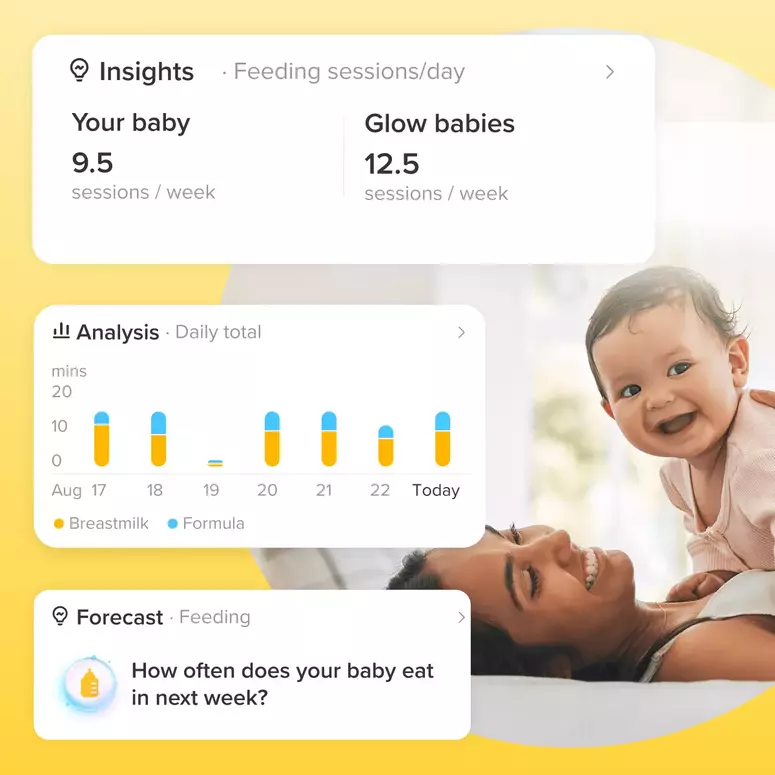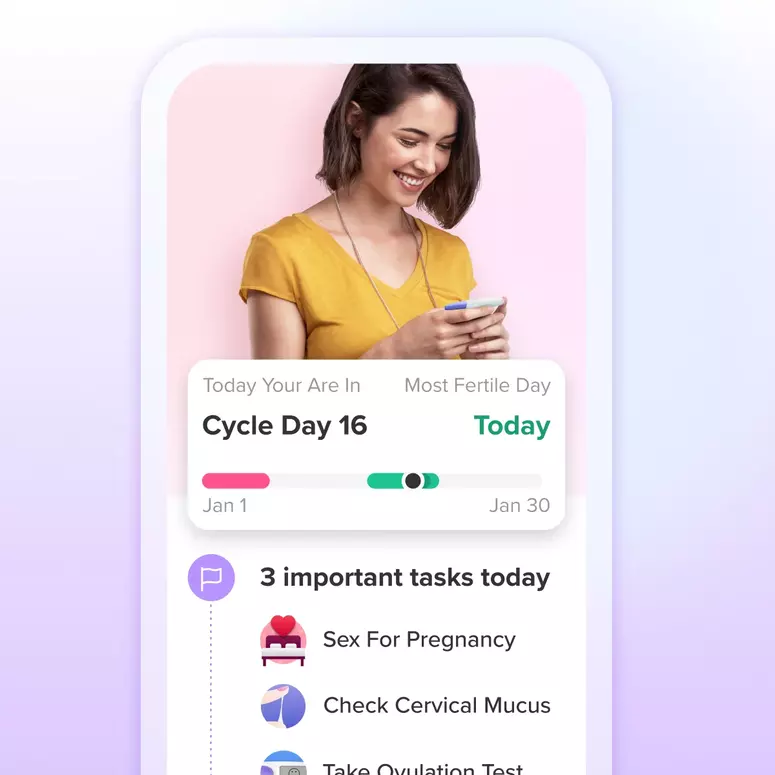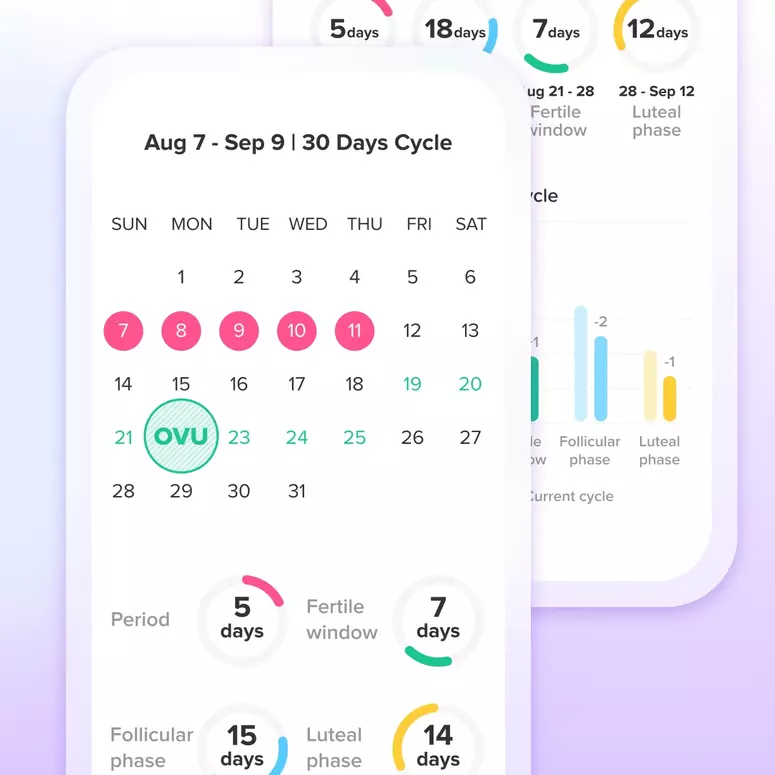Soothing the Savage Beast
Parental soothing of infants should ideally decline on a gradual but fairly steady trajectory as baby ages. A newborn simply needs more soothing from outside sources as they have basically no self-soothing skills while an older baby should be able to self-soothe more frequently and independently. Soothing can take many forms, including swaddling, pacifiers, rocking, shushing, or taking baby out for a car or stroller ride to lull them to sleep. Within the first two months, these are all appropriate ways to soothe a baby.

When soothing, it is helpful to ask yourself if the technique is age appropriate. A newborn may need some rocking to doze off while a one year old should be able to fall asleep without this. A newborn may also need to be swaddled or given a pacifier to calm themselves down, while a toddler doesn’t need these things. The whole point of infant soothing is to calm a baby down so that they can do something that they need to do, like take a nap. The way baby practices pre-sleep self-soothing changes as your little one develops. For younger infants, it usually takes the form of fussing while for babies over 5 months, it may be babbling to themselves or rolling around in their crib.
As parents we are required to help soothe baby until he is able to self-soothe. The ability to calm oneself down doesn’t magically appear in an infant: it requires time, neurodevelopment, and opportunity to practice. We don’t have much control over the first two components, but we can certainly provide the third. Allowing baby small chunks of time to practice self-soothing, usually with the goal of falling asleep, is crucial to baby’s development. By allowing them to develop these self-soothing skills, you are helping to foster independence and self-sufficiency in your little one.
By Hannah Mira, Founder of Bonsoir Bebe Sleep Consulting
Achieve your health goals from period to parenting.




